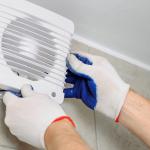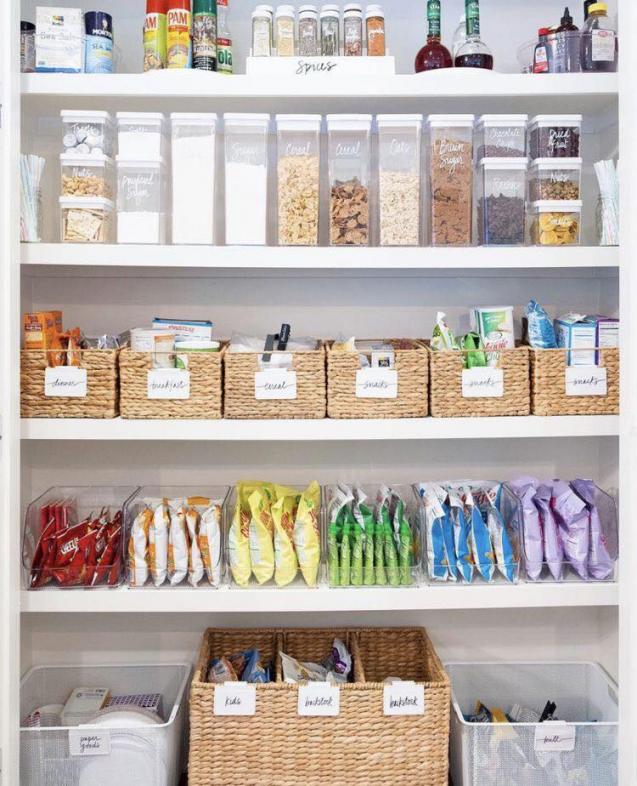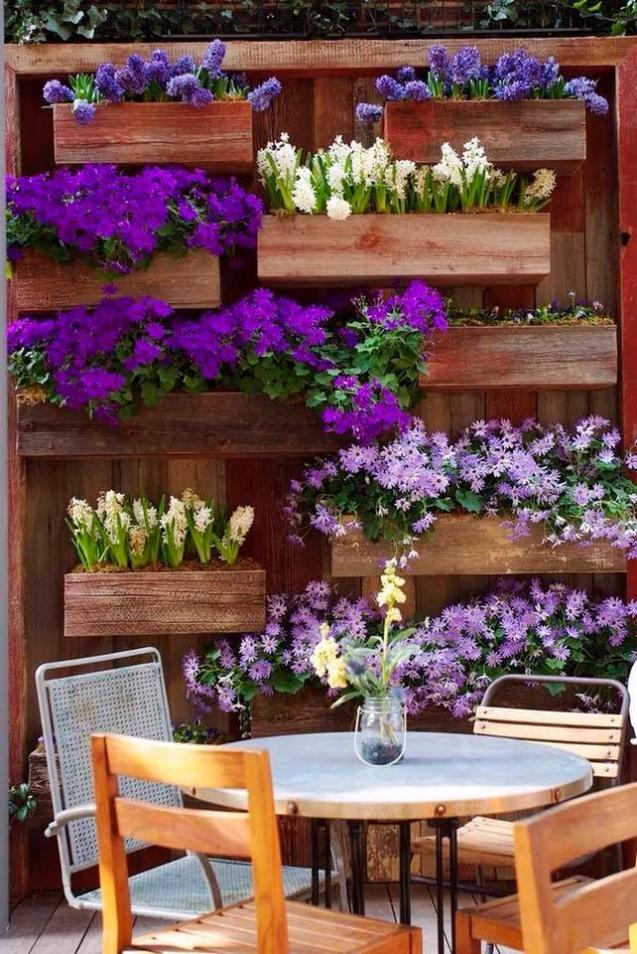
Preventing Mould Once Winter Hits
By HOUSPECT Building and Pest Inspections|May 02, 2019
When winter hits in South Australia, there are a number of habits that will help mould settle in your home. You stop drying clothes outside, all the doors and windows are shut for the season, and the running of the humidifiers begins.
It is understandable to want to trap heat in your home when the temperature begins to cool. However, keeping out the draughts is also preventing effective ventilation. Condensation will begin to build up and you may eventually see mould form in the corners of your rooms, as well as on carpets and furniture. Learning to find a balance between staying warm and reducing condensation is key to preventing mould.
Preventing Mould with Exhaust Fans
If there is not effective ventilation in your home, get used to living with mould in the winter. Installing an exhaust fan will help address the problem of poor ventilation. Older homes may already have exhaust fans that lead to the roof space. However, it is important to upgrade your ventilation so that the exhausted air is ducted to the outside of the property.
Homeowners often make the mistake of only running exhaust fans when they are using the bathroom or kitchen. Moisture build-up is not directly proportionate to how long you spend in a room, so leave the fans running after you leave to make sure all that wet air is sucked outside.
Condensation Prevention
While it may feel colder to you outside in the winter, it won’t do your clothes any harm to dry outside in available direct sunlight. Windows are cold and so, they are typically the first feature to reach what is known as “dew point” which is when warmer air cools, becomes moisture and becomes condensation.
Short of having double glazed windows installed, there are some novel ways to keep your windows toasty warm. Sticking bubble wrap to the surface of windows and aluminium frames is a great short term solution to prevent condensation forming. Alternatively, you can purchase products made of Perspex that will perform the same function.
Curtains may keep heat inside but they also keep heat unbalanced at the point where they separate the window from the heat that is trapped. That means the window isn’t drawing enough heat from outside and is being starved of any available heat from inside. This increases, rather than decreases the likelihood of condensation forming around your windows; effectively creating a condensation trap.
The most effective way to get rid of mould once it begins to build-up is using white vinegar to clean affected areas. You cannot prevent spores from growing but at least you now know how to kill them when there is nothing that can be done short of renovations to prevent condensation.
Upgrading Your Home
If mould continues to create a major problem in your home, it may be time to consider some major renovations to improve ventilation and prevent condensation from forming on windows and walls. Your energy provider may provide free or relatively inexpensive consultation services on energy efficient upgrades that will help you keep your home warm and effectively ventilated.
Investing in energy efficient windows and other passive design elements may also help you prevent condensation and improve airflow in the winter months. In the meantime, try to keep all areas of your home above dew point temperature and make sure that cold, moist air is replaced with warm dry air as much as possible.
If you are planning on renovating your home to help prevent mould in winter, Houspect can provide excellence in building inspection reports in South Australia. Reach out today for a quote or further information on the services we can provide.
It is understandable to want to trap heat in your home when the temperature begins to cool. However, keeping out the draughts is also preventing effective ventilation. Condensation will begin to build up and you may eventually see mould form in the corners of your rooms, as well as on carpets and furniture. Learning to find a balance between staying warm and reducing condensation is key to preventing mould.
Preventing Mould with Exhaust Fans
If there is not effective ventilation in your home, get used to living with mould in the winter. Installing an exhaust fan will help address the problem of poor ventilation. Older homes may already have exhaust fans that lead to the roof space. However, it is important to upgrade your ventilation so that the exhausted air is ducted to the outside of the property.
Homeowners often make the mistake of only running exhaust fans when they are using the bathroom or kitchen. Moisture build-up is not directly proportionate to how long you spend in a room, so leave the fans running after you leave to make sure all that wet air is sucked outside.
Condensation Prevention
While it may feel colder to you outside in the winter, it won’t do your clothes any harm to dry outside in available direct sunlight. Windows are cold and so, they are typically the first feature to reach what is known as “dew point” which is when warmer air cools, becomes moisture and becomes condensation.
Short of having double glazed windows installed, there are some novel ways to keep your windows toasty warm. Sticking bubble wrap to the surface of windows and aluminium frames is a great short term solution to prevent condensation forming. Alternatively, you can purchase products made of Perspex that will perform the same function.
Curtains may keep heat inside but they also keep heat unbalanced at the point where they separate the window from the heat that is trapped. That means the window isn’t drawing enough heat from outside and is being starved of any available heat from inside. This increases, rather than decreases the likelihood of condensation forming around your windows; effectively creating a condensation trap.
The most effective way to get rid of mould once it begins to build-up is using white vinegar to clean affected areas. You cannot prevent spores from growing but at least you now know how to kill them when there is nothing that can be done short of renovations to prevent condensation.
Upgrading Your Home
If mould continues to create a major problem in your home, it may be time to consider some major renovations to improve ventilation and prevent condensation from forming on windows and walls. Your energy provider may provide free or relatively inexpensive consultation services on energy efficient upgrades that will help you keep your home warm and effectively ventilated.
Investing in energy efficient windows and other passive design elements may also help you prevent condensation and improve airflow in the winter months. In the meantime, try to keep all areas of your home above dew point temperature and make sure that cold, moist air is replaced with warm dry air as much as possible.
If you are planning on renovating your home to help prevent mould in winter, Houspect can provide excellence in building inspection reports in South Australia. Reach out today for a quote or further information on the services we can provide.



